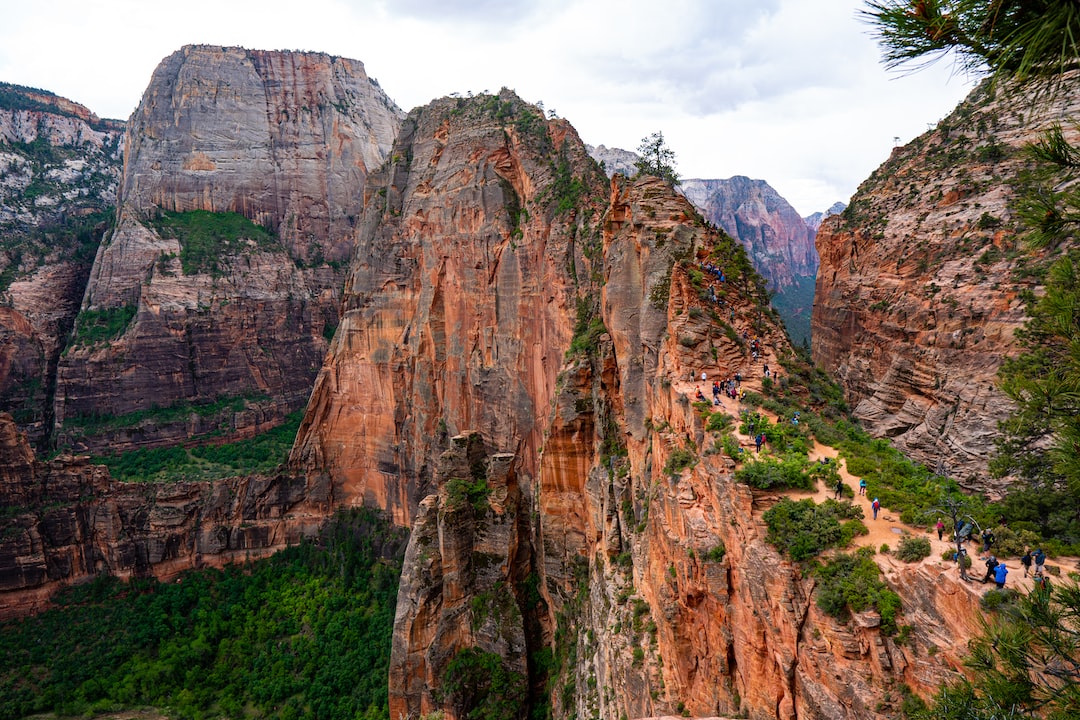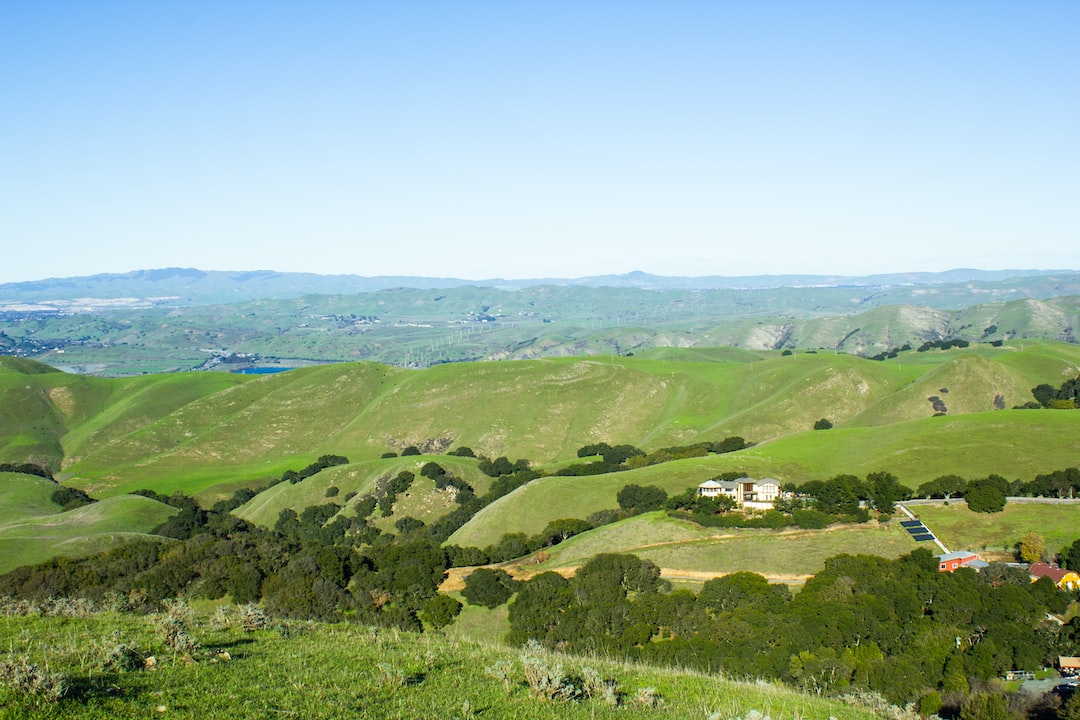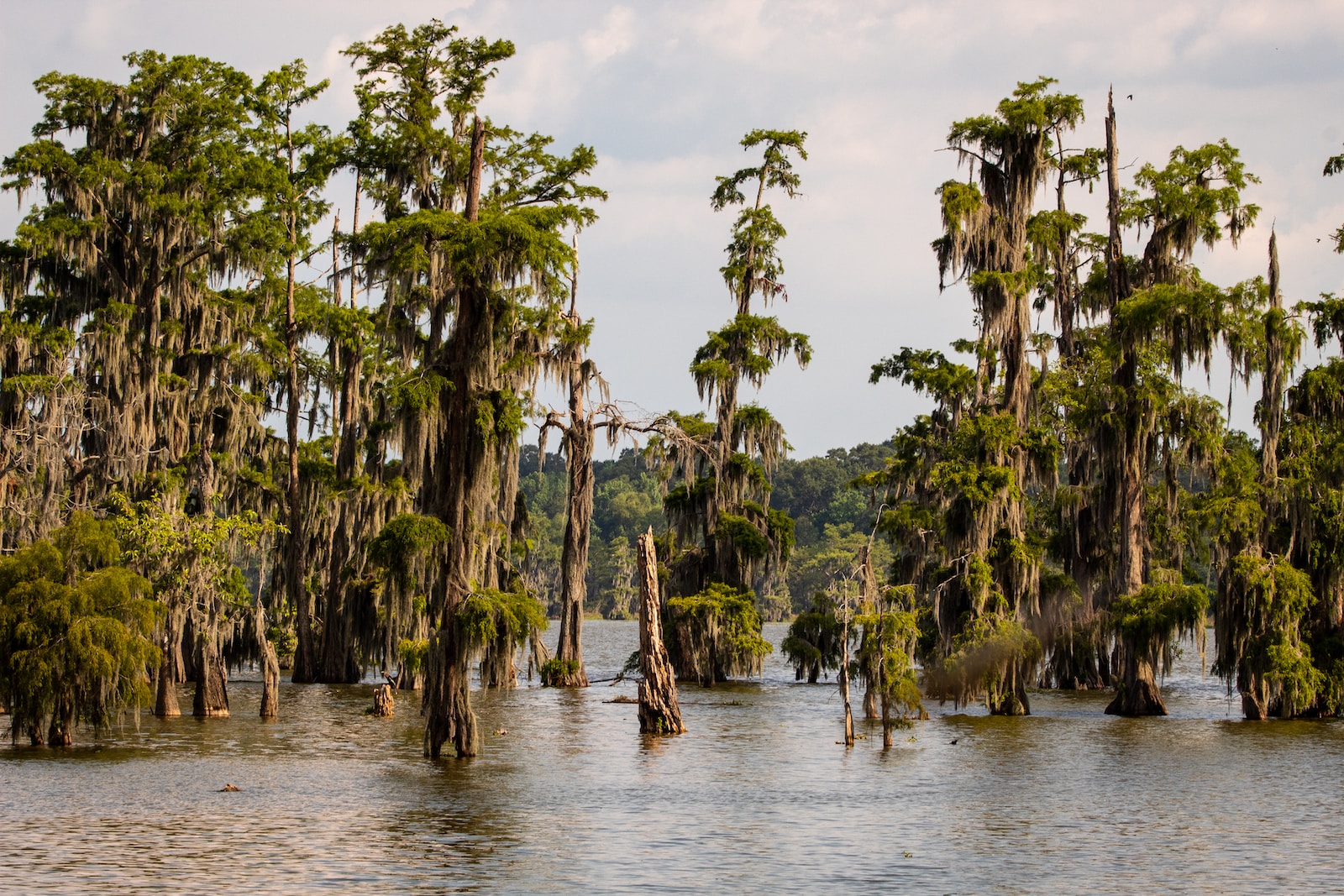Hiking involves walking outside, usually over long distances and up and down hills from wide open paths to rocky ascents.
Hiking is a total body workout but relies most heavily on the lower body (Quads, Glutes, Calves) for power and movement. With trekking poles and a heavy backpack, the upper body and core muscles will also get a good workout.
Muscles worked hiking
When hiking the legs power the majority of your movement. Let take a look at the primary groups of muscles used:
- Quadriceps
- Hamstrings
- Calves
- Glutes
- Hip Muscles
- Obliques
- Abdominals
Quadriceps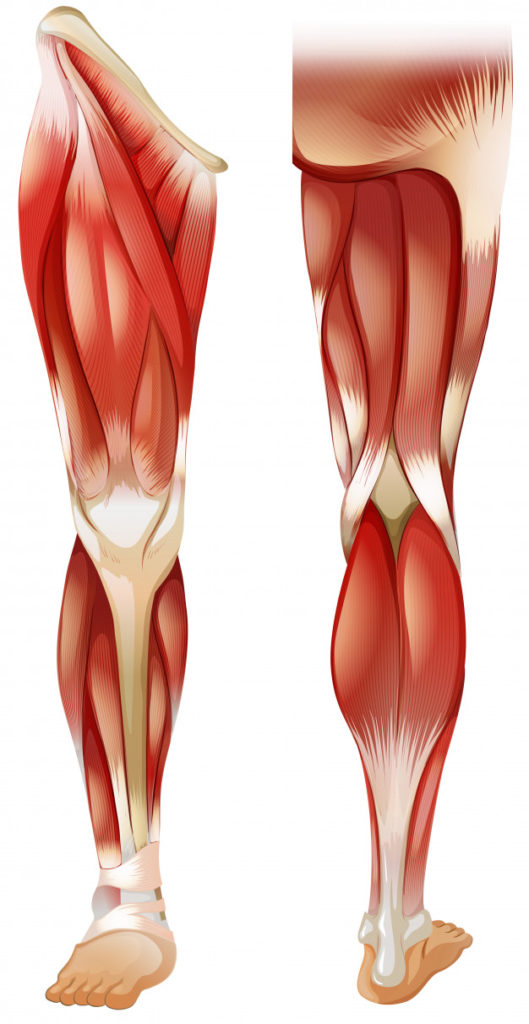
The quadriceps are the primary muscle used in strengthening and extending the knee as you walk. The quadriceps are at the front of the thigh and they are heavily activated while hiking uphill. They are large muscles that help propel you upwards and forward with each step.
Hamstrings
The hamstrings are a group of muscles at the back of the thigh which work to extend the thigh and flex the knee. The hamstrings play a crucial role in extending the thigh of the leading leg as you step forward.
Calves
The calves sit behind the shins and pull the heel up with each stride. Calve muscles are key to your movement and help stabilize the leg.
Calf pain is common for new hikers and with practice and continued hiking you’re calves just like the rest of your muscles will grow in strength and stamina.
Glutes
The Glutes or butt muscles are made up of the Gluteus maximus, Gluteus medius, and Gluteus minimus. These three muscles work together to stabilize the legs and rotate the hips with each stride.
Hip Muscles
With trekking poles and a heavy backpack, the upper body and core muscles will also be used heavily when hiking. Starting with 17 muscles at the hip and moving up obliques that wrap around the to the abdominals.
Abdominals
The abdominals are the group of core muscles that stabilize the entire body and work to maintain your posture and upright posture with each stride.
Muscle visualization
To give you a more thorough breakdown of the muscles activated during a regular stride -take a look at this animation created by Dr. Marco Arkesteijn of the Aberystwyth University’s Sports Science Department.
How to prevent injury
Hiking is not a dangerous activity, but there are some common injuries that can be prevented or much less likely to occur with the proper preparation.
Below are some of the most common injuries and the best ways of preventing them for your next hike.
1. Muscle cramping
The best way to prevent muscle cramping and other muscle injuries is to stretch before and after hiking. Calf stretches and other muscles stretches will help warm your muscles and prepare the tendons and ligaments for the day.
Another way to combat muscle cramping is to drink plenty of fluids and electrolyte-dense sports drink in hot weather. If you get cramp during your hike. Stop, rest and do some stretching. Pace yourself and keep a steady rhythm so you don’t over-exert yourself.
2. Blisters
On long hikes or multi-day trips, blisters are common. The best way of preventing them is to wear properly fitted trekking shoes and socks.
Blisters occur when there is friction between your skin and material. The better fitting your boots the less likely they are to occur. Make sure your laces are done up tight and boots are well fitted. You can apply athletic tape to hot-spots or areas that feel rubbing to prevent skin damage.
3. Sunburn
The sun is strong in the mountains and the higher you go the more powerful UltraViolet (UV) rays are. Wear sun protection, sunglasses and/or hats to protect you. Snow and clouds can be reflective and often make UV rays even more powerful.
Sunburn is no fun and if you can limit your sun exposure you’ll not only protect your skin but also be less likely to get heat exhaustion. A hot day in the glare of the sun can be exhausting and really take it out of you – lowering your stamina and energy levels. Stay hydrated, protected and always be mindful of UV.
Hiking with or without poles?
Trekking poles help to create a steady pace and rhythm in your walk. They also allow you to use your arms and shoulders to help propel you forward. This extra boost means you can hike a bit faster and over longer distances. You’ll be burning more calories and using more energy as a result of employing more muscles – but the payoff is worth it.
You don’t need trekking poles to hike, but many hikers enjoy the extra support and traction that you get with poles.
Benefits of hiking
Hiking has many benefits from conditioning your body to improving your mental mood. Here are just some of the major benefits to hiking in the backcountry:
- Breath fresh air clears the lungs (away from city smog)
- Improve your bone density
- Lower your blood pressure (if it’s high)
- Lowers your body fat (if your overweight)
- Less stress – improve your mental well being
- Improves your physical fitness and stamina.
- Strengthen your core and build muscle.
- Lower your risk of heart disease.[1]
How many calories do you burn?
When hiking you’ll be burning around 430 calories per hour (based on a 72kg person). Everyone burns calories at a different rate and the final number depends on your size, muscles mass, metabolism and how intense your hike is.
On flat ground, you’ll be burning fewer calories than when ascending a steep slope. If your pack is heavy then the extra weigh will make each step more difficult and your calorie needs will shoot up.
Hiking uses lots of energy, so it’s important to stay hydrated and fueled up with high energy foods.
How much water while hiking?
Typically you’ll want to be drinking between 0.5-1 liter (2-4 cups) of water per hour while hiking on a warm day. If it is hotter or your climbing steeper lines then you’ll likely want to drink more water than this.
Check your hydration levels by looking at the color of your pee. It should be a straw color – too dark and you could do with more water. If it is clear then you’re well hydrated and you don’t need to drink water as regularly.
Plan your route so that you can collect water from streams and creeks on route and process it with a water filter.
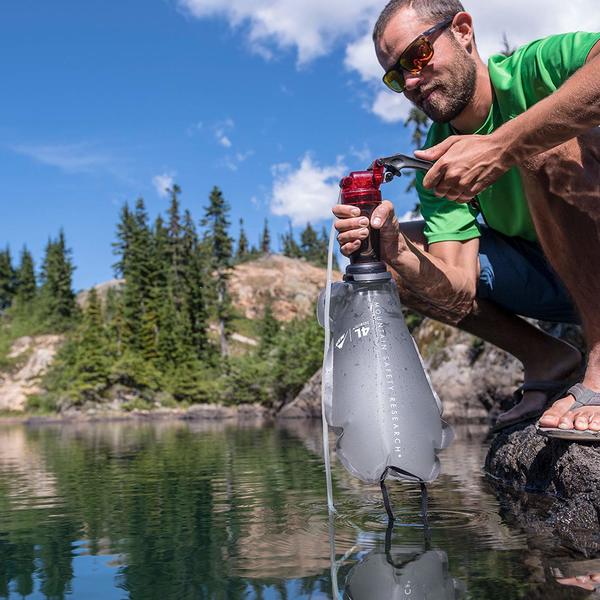
Final thoughts
Hiking is an outdoor sport that involves repeated use of our major muscles for a long duration of time. From short day hikes of a few hours to long multi-day trecks – hiking is all about fueling your muscles and setting a steady pace and rhythm so you don’t become exhausted.
Expect your muscles to take some strain and work hard – especially when hiking at altitude where oxygen levels are lower.
Drink plenty, stay fueled and pack light.


